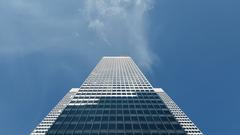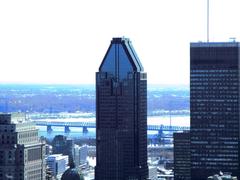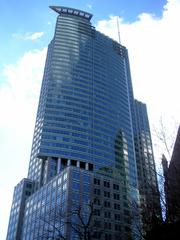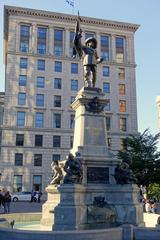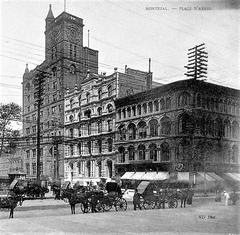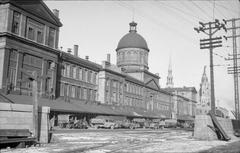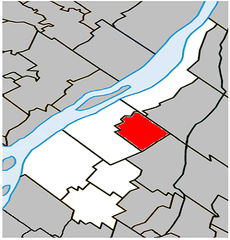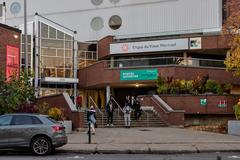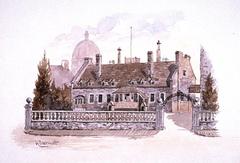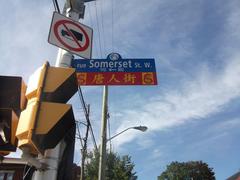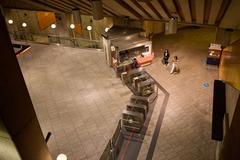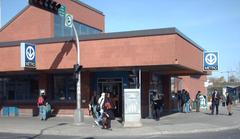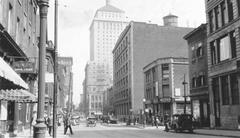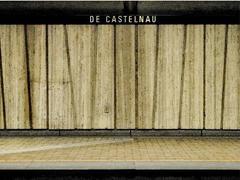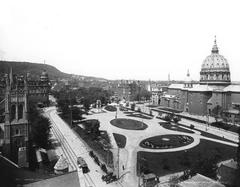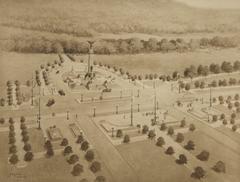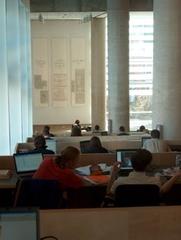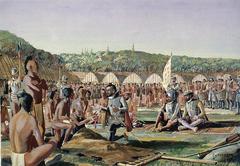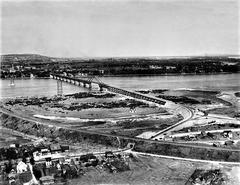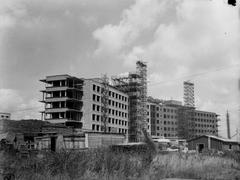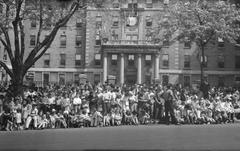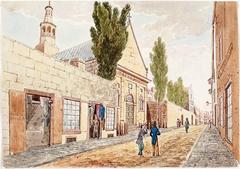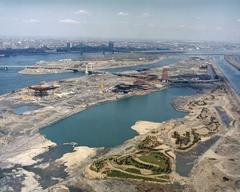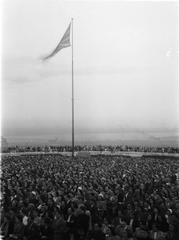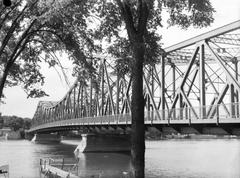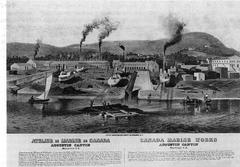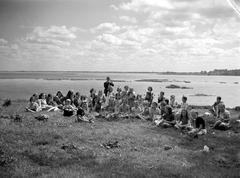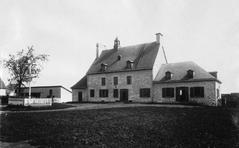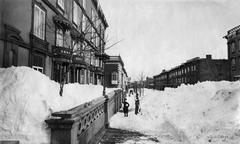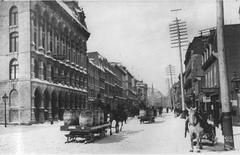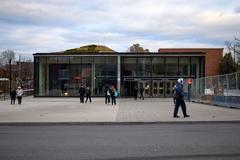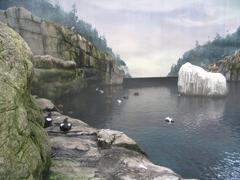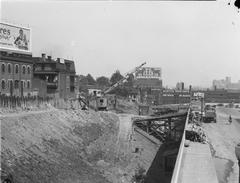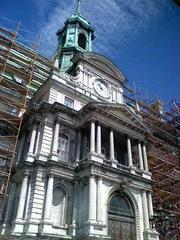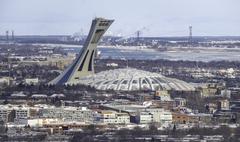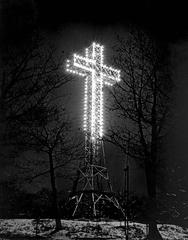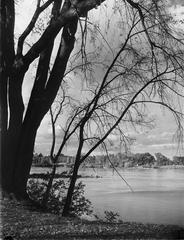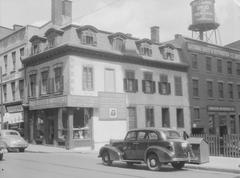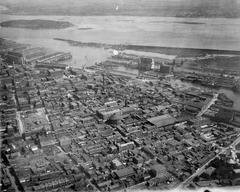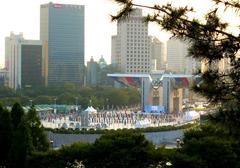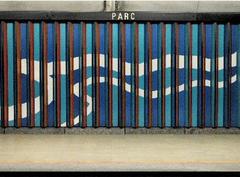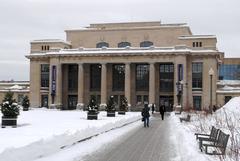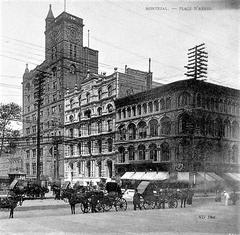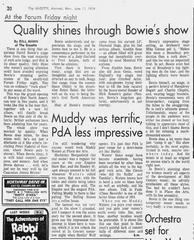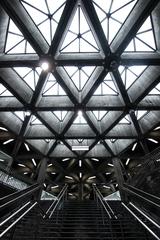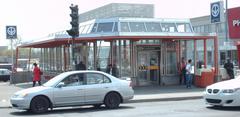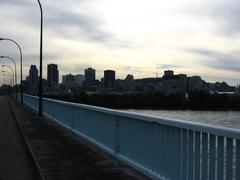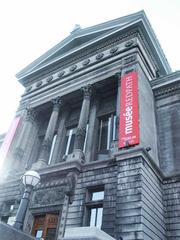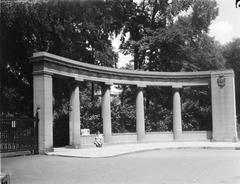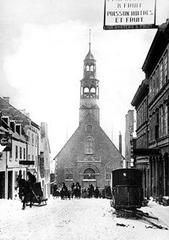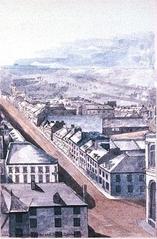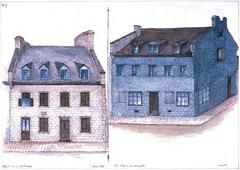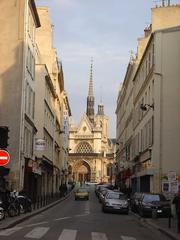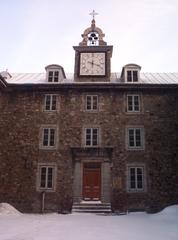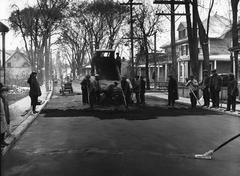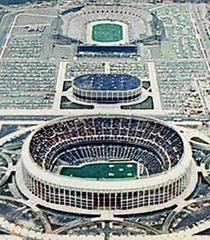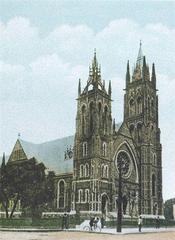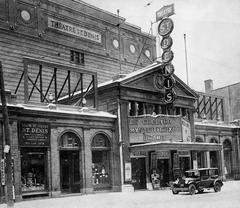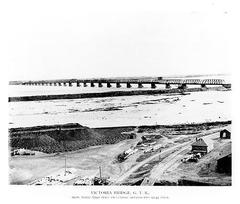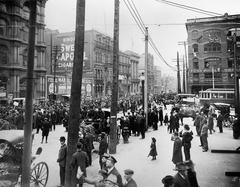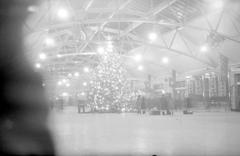Visiting the Biosphère in Montreal: Tickets, Hours, and More
Date: 18/07/2024
Introduction
The Biosphère in Montreal is an iconic landmark that serves as a testament to human ingenuity and environmental consciousness. Originally constructed as the United States pavilion for Expo 67, this geodesic dome designed by Buckminster Fuller has transformed over the decades into a dedicated environmental museum. Visitors to the Biosphère can explore a variety of exhibits that focus on critical themes such as climate change, water ecosystems, and sustainable development. As an architectural marvel and an educational hub, the Biosphère offers a unique opportunity to delve into the intricate relationship between humans and the environment. This comprehensive guide will walk you through its rich history, cultural significance, and provide essential visitor information to enhance your experience. (source)
Table of Contents
- Introduction
- History of the Biosphère
- Cultural Significance
- Visitor Information
- Travel Tips
- Nearby Attractions
- FAQ
- Conclusion
History of the Biosphère
From World’s Fair Icon to Environmental Museum
The Biosphère’s story begins in the 1960s, an era brimming with technological optimism and grand visions of the future. Montreal was chosen to host Expo 67, a World’s Fair themed “Man and His World,” and the Biosphère, designed by renowned architect Buckminster Fuller, was to be its centerpiece.
Fuller envisioned the Biosphère as a “geodesic dome,” a structure made of interconnected triangles that provided exceptional strength and stability. This innovative design, combined with its imposing size (76 meters in diameter and 62 meters high), made the Biosphère an instant icon, symbolizing the fair’s forward-thinking spirit.
Initially, the Biosphère housed the United States pavilion, showcasing American ingenuity and technological advancements. Visitors marveled at exhibits like lunar modules and a high-speed monorail, capturing the spirit of the Space Age.
After Expo 67, the Biosphère continued to captivate audiences, hosting various temporary exhibitions. However, its story took a dramatic turn in 1976 when a fire during renovations ravaged the structure’s acrylic outer membrane. The fire, though devastating, left the steel framework intact, standing as a skeletal reminder of the dome’s former glory.
For over a decade, the Biosphère stood silent, its future uncertain. But in 1990, Environment Canada, recognizing the structure’s symbolic power and unique architectural design, decided to give it a new lease on life. The Biosphère was reborn in 1995, transformed into an interactive museum dedicated to the environment. This marked a significant shift in the structure’s purpose, moving from showcasing technological prowess to raising awareness about environmental issues.
Cultural Significance
A Symbol of Environmental Awareness
Today, the Biosphère stands as a powerful symbol of environmental awareness, its very existence a reminder of the delicate balance of our planet. The museum’s mission is to educate and inspire action on critical environmental issues facing local and global communities.
The Biosphère’s exhibitions delve into various themes, including climate change, water ecosystems, and sustainable development. Visitors can explore interactive displays, multimedia presentations, and artistic installations that shed light on the interconnectedness of human actions and environmental consequences.
One of the Biosphère’s most striking features is its preservation of the fire-damaged section. This stark reminder of the 1976 fire serves as a powerful symbol of the environmental challenges we face.
Visitor Information
Ticket Prices
Tickets for the Biosphère can be purchased on-site or online. Prices vary for adults, seniors, students, and children. It is recommended to check the official Biosphère website for the latest pricing information (source).
Opening Hours
The Biosphère is open year-round, but hours of operation can vary seasonally. Typically, it is open from 10 AM to 5 PM. Always verify the current visiting hours on the official website before planning your visit (source).
Accessibility
The Biosphère is committed to accessibility for all visitors. The site is wheelchair accessible, and there are services available for visitors with limited mobility. For specific accessibility needs, it’s best to contact the museum directly (source).
Special Events and Guided Tours
The Biosphère frequently hosts special events, workshops, and guided tours that offer deeper insights into its exhibitions and themes. Check the museum’s schedule for upcoming events and tour availability (source).
Travel Tips
- Public Transportation - The Biosphère is easily accessible via Montreal’s public transportation system. The nearest metro station is Jean-Drapeau on the Yellow Line.
- Parking - Limited parking is available on Île Sainte-Hélène, so public transportation is recommended.
- Weather - As the Biosphère is located in a park, consider the weather and dress appropriately for outdoor sections.
Nearby Attractions
While visiting the Biosphère, consider exploring nearby attractions such as:
- La Ronde - A popular amusement park located on Île Sainte-Hélène.
- Stewart Museum - Offers exhibits on the history of Montreal and New France.
- Jean-Drapeau Park - A beautiful park perfect for picnics, walks, and outdoor activities.
FAQ
Q: What is the best time to visit the Biosphère?
A: The Biosphère is enjoyable year-round, but spring and summer offer the best weather for exploring the surrounding park.
Q: Are there dining options available?
A: While there are no dining facilities within the Biosphère itself, nearby Jean-Drapeau Park has several options.
Q: Can I take photographs inside the Biosphère?
A: Yes, photography is allowed, but be mindful of any restrictions in specific exhibit areas.
Conclusion
The Biosphère’s journey from World’s Fair icon to environmental museum reflects a broader societal shift towards environmental consciousness. It stands as a testament to the power of adaptive reuse, transforming a symbol of past aspirations into a beacon for a sustainable future. Plan your visit to the Biosphère today to explore its rich history and engage with its vital environmental message. Don’t forget to check out our other related posts and follow us on social media for more updates on Montreal’s historical sites and attractions. (source)
